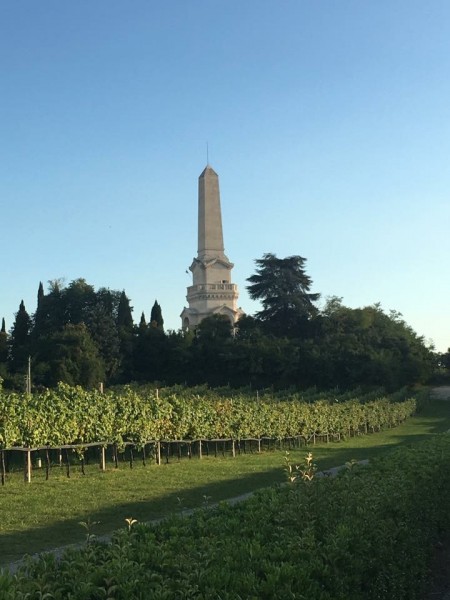05 mins away – THE SURROUNDINGS
Medieval hamlets, castels, huge battles and parks
VILLAFRANCA DI VERONA – 2 mins
The Castle and the “Peace”
Villafranca is the second largest city in the province after the capital.
Rich in entrepreneurial vitality, the city is just seven kilometres from Catullo Airport and only a short distance from the Milan-Venice and Brenner motorway links. Inhabited since the Bronze Age, the present-day town has a precise birth date: 1185. It was then that the Rectors of Verona Municipality decided to establish a Free Borough (then known as Villa Franca) to defend the eastern borders. In short, Scaligeri family built a Castle, where William Shakespeare set some scenes of Romeo and Juliet tragedy and the Serraglio (enclosure), a wall that went from Valeggio to the marshes in the south.
Villafranca is full of Risorgimento history: the Quadrato cavalry charge took place here in 1866 during the Third War of Italian Independence.
Watche the video of our Fiat 1200 Trasformabile discovering Villafranca, Custoza, Valeggio sul Mincio and Parco Giardino Sigurtà.

VALEGGIO & BORGHETTO SUL MINCIO – 10 mins
One of the most beautiful hamlets in Italy
Borghetto is a hamlet belonging to the Municipality of Valeggio sul Mincio in the province of Verona and is listed among “The most Beautiful Hamlets in Italy.” Located at the point where, since ancient times (and then in the Longobard era), a ford crossed the Mincio river during the high medieval period, it was a very minor settlement, a feudal property belonging to Saint Zeno abbey, built to collect toll money on the wooden bridge.
CASTELLARO LAGUSELLO – 15 mins
Small medieval hamlet overlooking a heart-shaped lake
The hamlet is located on a rise overlooking a small, heart-shaped lake. The hills of Garda’s morainic amphitheatre surround it with Lake Garda itself just a few kilometres away. Castellaro’s present castle dates back to 1100-1200 and owes its origins to the Scaligeri family, even if, due to its strategic border position, it was often involved in conflicts between Verona and Mantua, so that its ownership passed into the hands of the Viscontis, Gonzagas and the Serenissima Republic of Venice. Built on a natural rise just north of the little lake, the castle, defended by strong battlemented walls and ten towers, was divided into two areas: the lakeside area was set aside for the lord of the castle, while the northern area was in the hands of the captain in charge of defending the drawbridge entrance and the fortified hamlet. The old walls of the original castle are still more or less intact, as well as four towers, some tracts of the patrol trench and two medieval houses. In 1600, the castle lost its role as a defensive construction and the Serenissima Republic of Venice gave it to the Arrighi Counts who, without modifying its exterior aspect too much, had part of it transformed into a comfortable and elegant residence.










